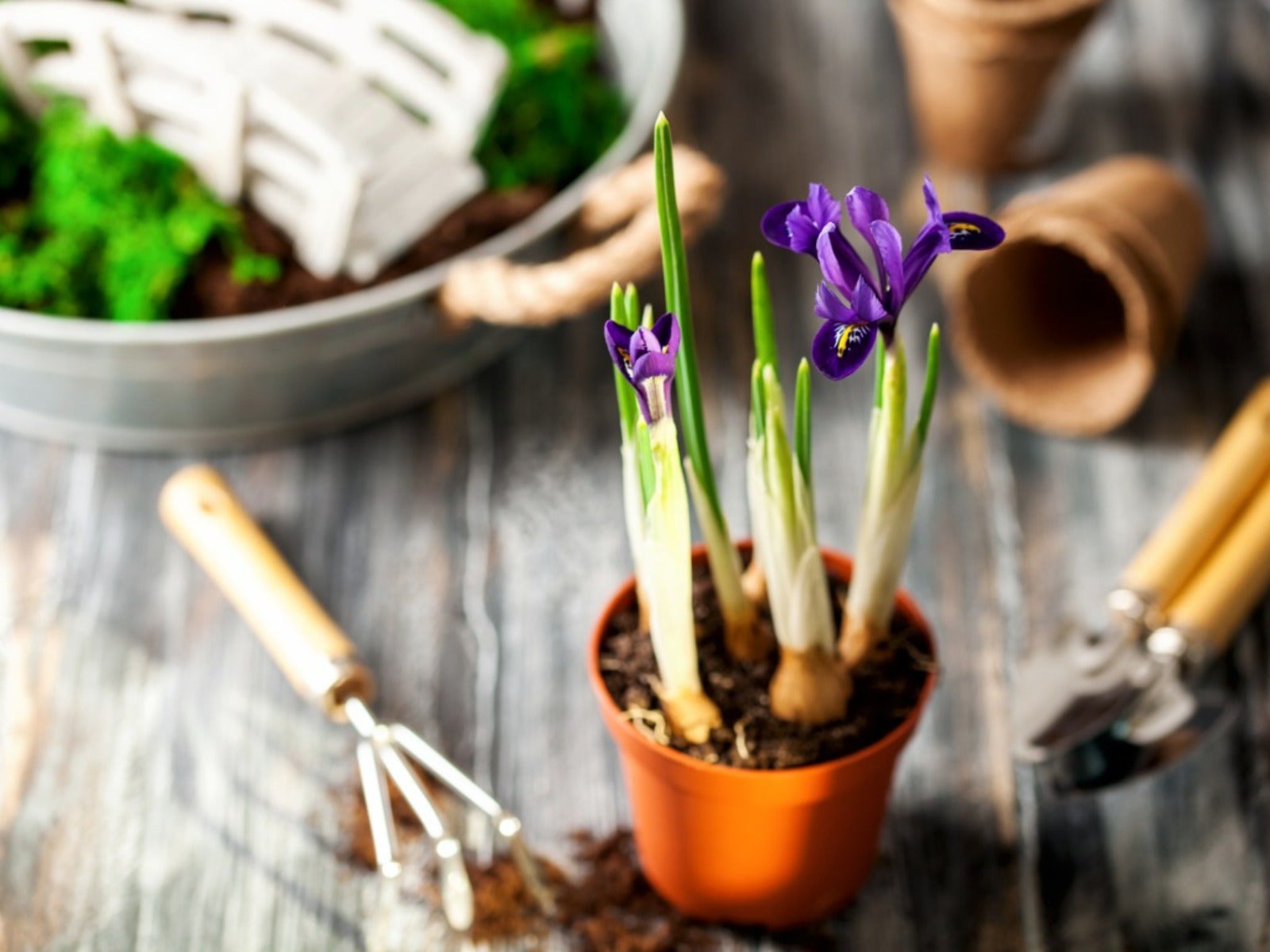When To Plant Iris Bulbs By Variety


Irises have long been among the most popular flowers for the home landscape. With their ease of growth and dependability, this perennial is sure to thrive year after year. Varying greatly from one species to another, iris plants offer their growers a wide range of forms, color, and growth habit from which to choose. Though most of these hardy plants are relatively carefree, gardeners will need to learn more about each type’s needs. Specifically, when they should be planted. So, when do you plant iris bulbs?
Can You Plant Iris Bulbs in the Spring?
Determining when the best time is to plant iris bulbs will depend greatly upon the type. There are over 100 species of iris, each differing somewhat in their garden needs. When to plant Dutch iris bulbs, for example, will differ from the timing of other types. Most of these flowers are grown by planting their rhizomes, roots, or bulbs. Though some irises can technically be planted in the spring, most prefer to be moved into the garden in either midsummer or fall.
A large majority of iris bulbs will benefit from fall planting. Iris species that should be planted in the fall are generally those which will begin to bloom in early spring or summer. Both tall and dwarf varieties of Dutch iris are best planted at this time. However, many growers have found success with very early spring plantings, as soon as the soil can be worked. Though the range of Dutch iris colors is somewhat limited, this species is especially popular in early spring mixed borders and in cut flower gardens. Another more common option, Siberian iris, can also be planted in this manner.
When to Plant Bearded Iris Bulbs
Various types of bearded iris afford growers magnificent diversity within flower beds. Though different cultivars may vary in bloom time, from spring through late summer, their planting process is generally the same. When considering larger species like bearded iris, when to plant will be of great importance to their establishment in the garden. Best practice dictates that bearded iris should be planted some time from midsummer to early fall.
Ideally, planting at this time helps to ensure that the iris is able to devote its energy to the development of a healthy root system before the arrival of winter. Bearded iris rhizomes which have been planted in early spring may bloom prematurely during the first summer. This causes the iris to bloom much sooner than a late planting, ultimately resulting in a weaker plant. Properly established iris plants will reward gardeners with beautiful iris blooms for many seasons to come.
Dividing Irises
After several seasons, bearded iris plants may become overcrowded and need to be divided. To do this, gardeners should wait until the plant has finished blooming and has died back naturally. At this time, the plant can be dug and divided. Replanting iris divisions in late summer or fall will help to ensure that new divisions are able to become established quickly before winter. For the best results, iris division should never be done in spring or during periods of active growth.
Sign up for the Gardening Know How newsletter today and receive a free copy of our e-book "How to Grow Delicious Tomatoes".

Tonya Barnett has been gardening for 13 years. Flowers are her passion. She has transformed her backyard into a cut flower garden, which she regularly chronicles on her YouTube channel http://www.youtube.com/@tonyawiththeflowers.